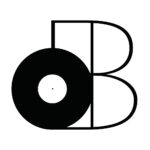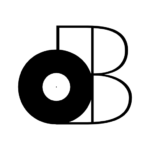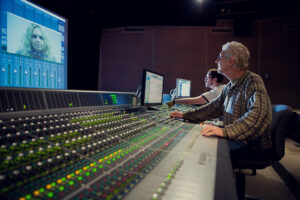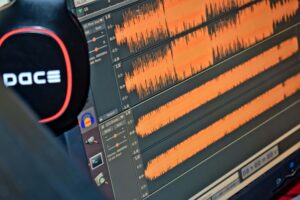Understanding how your microphone captures sound is essential to proper microphone placement. So what is a microphone polar pattern anyway, can it really allow us to record sound in different ways? You’d be surprised to discover how many different polar patterns there are. However, we’re only going to be covering the ones you’re most likely to encounter in the recording studio. We can place them all into TWO main categories: uni-directional and multi-directional.
Uni-directional microphones possess the narrowest pickup range, while multi-directional microphones can potentially capture the sound of a room. The polar pattern you decide to work with depends on the results you are trying to achieve, SO… By following this guide, you will acquire the knowledge necessary to make these decisions. You will know exactly WHAT microphone to use and WHEN to use it. Let’s dive into the world of microphones!
- Cardioid Polar Pattern
- Supercardioid Polar Pattern
- Hypercardioid Polar Pattern
- Bi-Directional Polar Pattern (Figure of Eight)
- Omnidirectional Polar Pattern
- Which polar pattern is best for home recording?
Uni-Directional Microphones
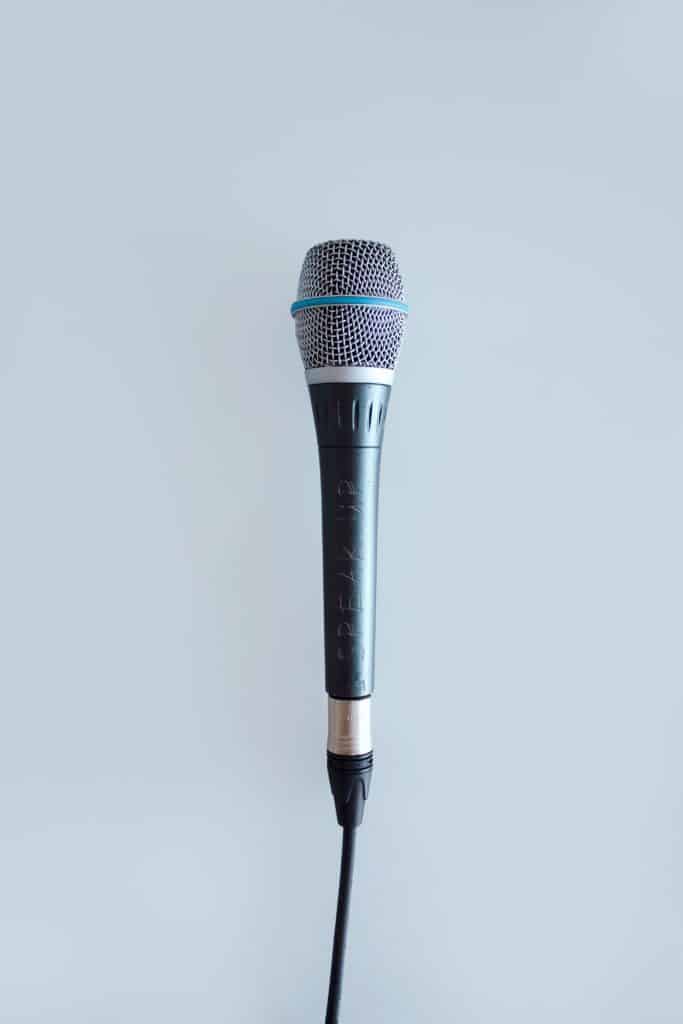
Cardioid Polar Pattern
The cardioid polar pattern, as its name suggests, is shaped like a heart and falls into the category of unidirectional microphones. This type of microphone is most sensitive at the front and least sensitive at the back, it also rejects ambient noise.

If you were performing at a noisy live venue, chances are you would be using cardioid microphones for just about everything. They possess the most rear rejection so they will not cause feedback when pointed away from on-stage monitors.
Cardioid microphones are essential for live recording and can be quite useful in a professional recording studio as well. Depending on how quiet your room is, you may want to add one of these to your collection to guarantee the least amount of ambient noise.
- Live performances
- Isolating drums
- Untreated rooms
Examples: Shure SM57, Shure SM58, Shure SM81, Shure SM7B, Rode NT1-A, Rode NT5 (pair), Audio Technica AT2035, Samson C02 (pair), Studio Projects B1, Studio Projects C4 Mk II (pair), Blue Microphones Bluebird, AKG C214, Electro-Voice RE20, Sennheiser MD 421-II
Supercardioid Polar Pattern
The supercardioid polar pattern is very similar to the cardioid pattern except that it offers a narrower pickup range and a little pickup at the rear. This type of microphone is most sensitive at the front and a little sensitive at the back, it also rejects ambient noise.

If these microphones are positioned correctly relative to on-stage monitors, they can be used for live recording without producing feedback. They possess the most side rejection so with this in mind, they may actually become complementary to a standard cardioid microphone.
Supercardioid microphones offer more directionality, so they may come in handy for applications that require a little more precision. They should not be pointed directly away from monitors as this may cause a feedback loop.
- Recording amplifiers (live & studio)
- Recording acoustic instruments (live & studio)
Examples: Shure Beta58, Sennheiser MD 441-U
Hypercardioid Polar Pattern
The hypercardioid polar pattern offers an even narrower pickup range as well as a little more pickup at the rear. This type of microphone is most sensitive at the front and a little at the back, it also rejects the most ambient noise.
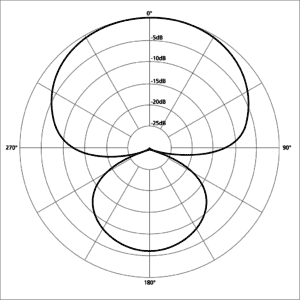
Like the supercardioid pattern, hypercardioid microphones need to be positioned correctly to avoid a feedback loop as they also have side rejection. They are the most resistant to feedback so they can be used to isolate single sound sources in very loud environments.
Although this type of microphone is not commonly used, it can be a great addition to your collection if you tend to do a lot of live recordings. Placement is everything when it comes to supercardioid and hypercardioid microphones, they may not be as useful in a controlled environment.
- Recording kick drum
- Recording bass instruments
Examples: Beyerdynamic M 160
Multi-Directional Microphones
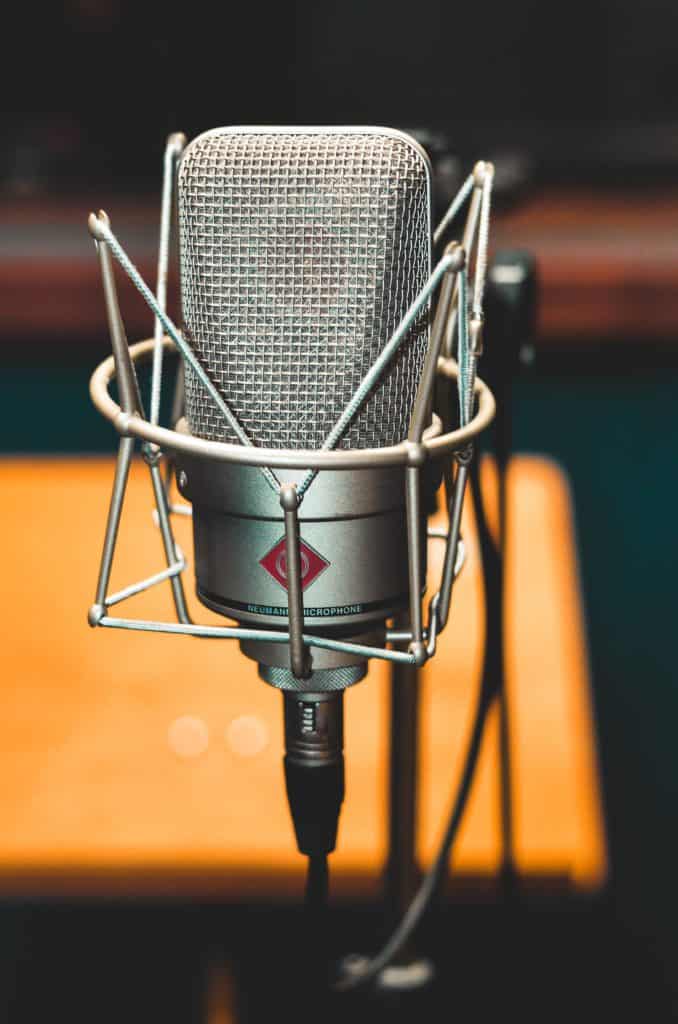
Bi-Directional (Figure of Eight)
The bi-directional (or figure of eight) polar pattern is sensitive at the front and at the rear but not at the sides. Ribbon and large-diaphragm condenser microphones usually fall into this category.

Unless you are recording a duet or using a particular stereo technique, you will rarely need to use a bi-directional microphone. However, all ribbon microphones are bi-directional by default so if you wish to use one, you need to use this to your advantage.
For example, recording a guitar amplifier will require you to place acoustic absorption at the rear end for maximum isolation. With ideal positioning, it is possible to achieve more isolation with a figure of eight pattern than with any other if you take full advantage of their side rejection.
- Recording a duet
- Using stereo recording techniques
- Using a ribbon microphone
- Isolation from off-axis sounds
Examples: Royer 121, Royer SF-12, Royer R-10, Avantone CR-14, Audio Technica AT4081, AEA R84
Omnidirectional Polar Pattern
The omnidirectional polar pattern provides equal sensitivity at all angles so they do not need to be pointed at any specific sound source. This type of microphone is much more prone to feedback, but it is immune to the proximity effect.

If you have ever had the privilege of recording an acoustic instrument in a booth, it is very likely that the microphone used during that session was omnidirectional. These microphones are great for capturing the sound of a room as well as providing a stereoscopic sound image.
Omni-directional microphones will not be useful to you in an untreated room or in a noisy environment as they do not isolate sound sources. The advantage of these microphones is the ability to capture the character of an acoustical space.
- Recording the sound of a room
- Recording wide sound sources (choir, orchestra, big band, drum kit, etc…)
- Recording a moving sound source
- Recording in stereo
Examples: Telefunken TF39, Shure KSM141 (pair)
Which polar pattern is best for home recording?
I get asked this question quite often and believe it or not, there is actually a simple answer. Recording at home can become quite a challenge if you’re dealing with a lot of ambient noise (neighbours, appliances, etc…)
That being said, I definitely would not recommend anything from the multi-directional category.
Uni-directional microphones are best for home recording since tey provide the maximum isolation.
==> Read my review for the best microphone for home studio recording <==
The cardioid polar pattern is the most common and our best option since it provides the most rear rejection.
You’ll be able to get everything done with one of these from tracking vocals, guitars, drums, etc…
And contrary to popular belief, you only really need ONE microphone to get started.
I hope this guide has been of great value to you.
Is there a microphone that you would simply not be capable of living without? Let us know in the comments and feel free to share any recommendations of your own!
